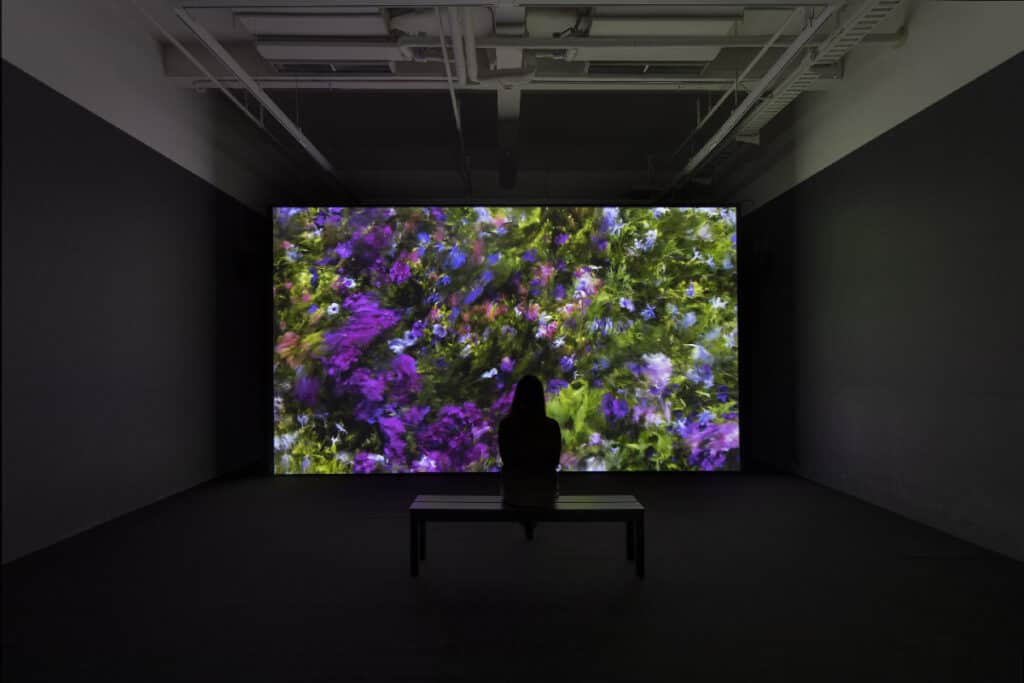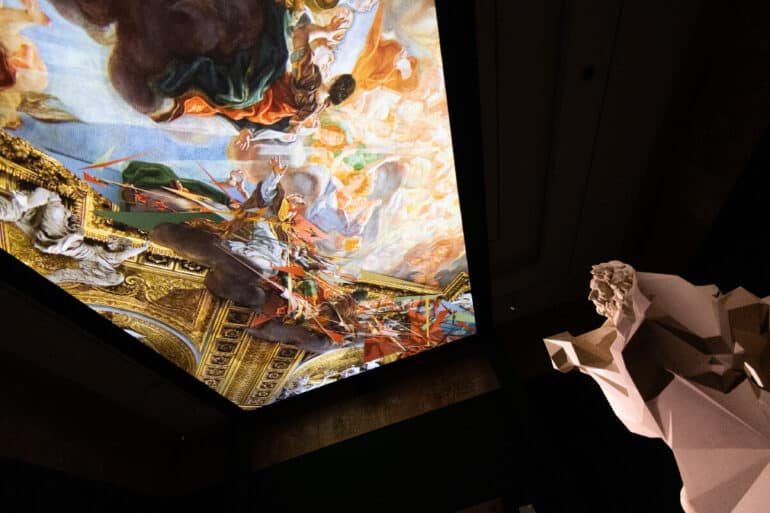Based on technology and immersive paths, Palazzo Cipolla hosts the exhibition of Quayola, one of the greatest artists of media-art internationally nowadays.
Starting from September 29, Davide Quayola will have his first major solo show in the capital of Italy. A Roman by birth, the artist invents his own personal expressive code by developing new artistic and communicative language with the help of the digital medium. The exhibition is a complete panorama of the artist’s creation through an immersive journey into the main themes of his computational art — being divided in three thematic areas: classical iconography, unfinished sculptures, and the tradition of landscape painting.

The exhibition’s first session is a tribute to the artist’s place of origin: Rome. Despite having started his career in London, where he moved in 2000, the artist had his first contacts with the artistic and digital worlds in the Eternal City, when he was young. With classical references from Rome in a modern and relaxed tone, the first room presents us with different sculptures and a video installation on the ceiling, setting the tone for what is to come next.
Moving forward, we are faced with a different version from the classic works we are used to seeing. Using systems of robotics, artificial intelligence and generative software, Quayola transforms computational technology into a new palette: Renaissance and Baroque paintings are transformed into complex digital compositions through computational methods — a project that is called Iconography. From the reduction of old masterpieces to composition traces and color schemes, the artist disassociates the historical narrative from the work, revealing the strength of the authenticity of these art pieces. Our minds are challenged to see the art we already know from a perspective we never imagined before. What we think we know becomes something new and intriguing.

The next session provides us with sculptures inspired by Michelangelo’s technique of the unfinished, but sculpted by robotic means. This installation makes us reflect on the form, the real, and the digital, when an industrial robot live-sculps variations of Baroque masterpieces. The focus is not on finishing the sculpture, but on observing its possibilities.
Next on the itinerary, we come across a fascinating connection between the natural and the digital world. In front of video projections, sculptures, and very high definition prints, viewers have the opportunity to confront themselves with the incredible artistic potential of the mixture of these two worlds. Although we commonly think that digital is the enemy of nature, Quayola shows us that they are much more similar than different. With visual and sound effects, this environment gradually shows us how a simple landscape of a flowery field can also be part of the technological world.

Never wanting to dehumanize art and forget the role of the human being as an artist, Quayola does an artistic research, reinterpreting the “classic” with the help of the new medium we currently have. The “Quayola code” uses the algorithms that regulate the digital world to multiply the possibilities of art that technology offers us. In our digital age, Quayola’s art helps us think and understand the world we live in. By developing works in different forms — such as videos, prints and sculptures — the artist makes us reflect on the influence of technology on our lives. It is a perfect interpretation to express the 21st century.

The exhibition is open from Tuesday to Sunday from 10am to 8pm.
QUAYOLA re-coding
Till 13 February 2022
Palazzo Cipolla
Via del Corso, 320
Opening times
Tuesday – Sunday
10am – 8pm (last entrance 7pm)
Tickets
€4,5-7,5




